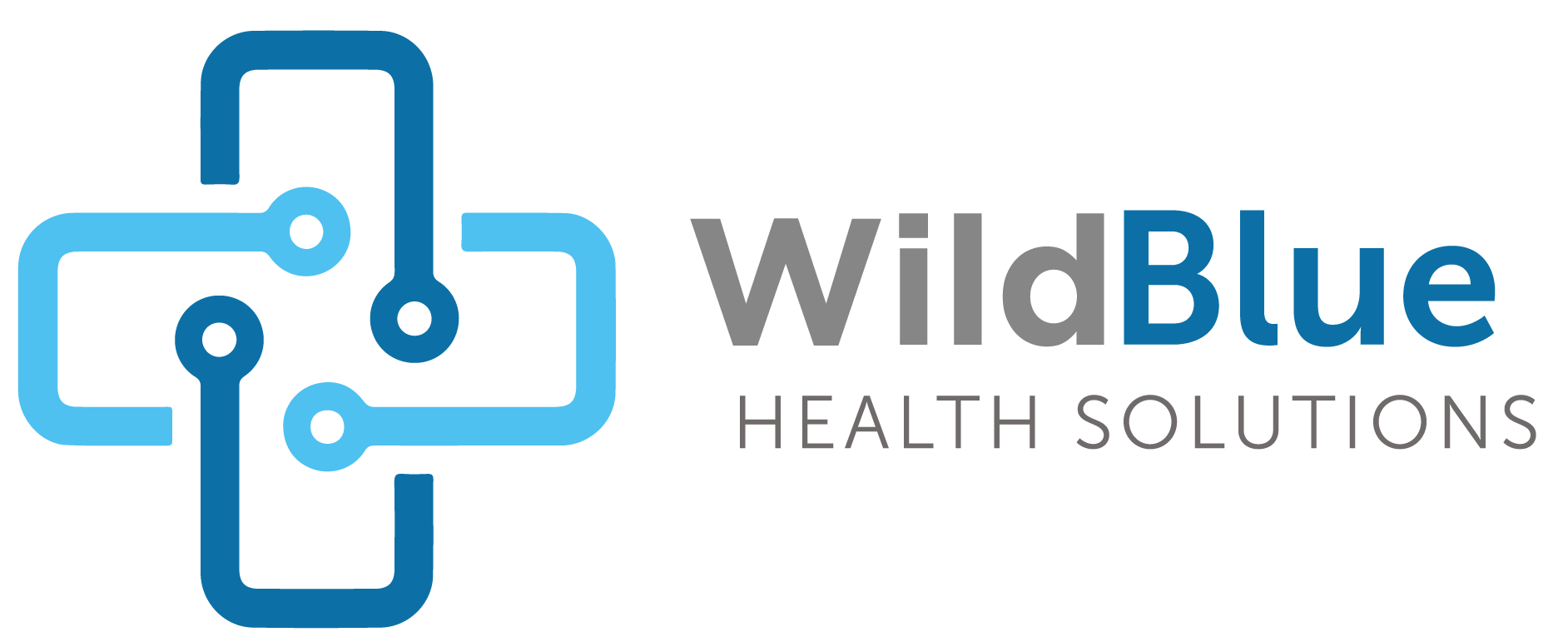 In 2020, Ken Janda read and shared this piece from Paul Keckley in its entirety, noting, “As I continue to assess health coverage options for America, the Medicare Advantage system continues to emerge as a strongest, broadly integrated, and potentially broadly trusted solution.” In 2020, Ken Janda read and shared this piece from Paul Keckley in its entirety, noting, “As I continue to assess health coverage options for America, the Medicare Advantage system continues to emerge as a strongest, broadly integrated, and potentially broadly trusted solution.”Medicare Advantage (MA) has been an option for seniors since 2003. By all accounts, it’s doing well: According to the Medicare Alliance, an advocacy group supportive of MA “With a record-setting 99 percent satisfaction rate, an average $1,598 cost savings as compared to Traditional Medicare, demonstrably better health outcomes, and support from a bipartisan supermajority of 403 members of the U.S. House of Representatives and Senate, we at Better Medicare Alliance can say with certainty that the state of Medicare Advantage is strong.” That’s the bet traditional health insurers like United, Humana and Aetna, upstarts like Bright Health, Clover and Devoted and primary care start-ups like Oak Street and ChenMed are making. The numbers favor their bet: the senior market is growing: the number of seniors 65-plus will increase 30% to 73 million by 2030 and 70% to 95 million by 2060. And Medicare Advantage is expected to increase its proportionate share of this $400 billion market annually for the foreseeable future achieving 50% market penetration by 2030 if not sooner. Today, Medicare Advantage plans enroll 24.2 million seniors, or 43%. The average senior has almost 40 plans from which to choose: the average monthly premium is around $23 which makes it attractive to price conscious seniors. And CMS has authorized plans to add supplemental benefits like vision and dental care and over the counter therapies to stimulate competition. Thus, Medicare Advantage seems a solution to two major problems in the U.S. health system: slowing the rate of Medicare spending to extend its solvency beyond 2026, and shifting incentives from fee for service to value-based arrangements with providers to improve care coordination. My Take Is MA the solution to the future for Medicare and a template for improving the effectiveness of the health system? Maybe, but it’s not without challenges that require attention from its proponents: Risk scores and Star Ratings: As it turns out, the risk scoring methodology by which the clinical complexity of a plan’s enrollees is assessed is being scrutinized by the feds who suspect some have overstated the complexity of their enrollees to get a higher PMPM payment from Medicare. And the Star Ratings on which 5% bonus payments are based do not appear to make consumer comparison shopping more meaningful.52% of plans have a rating of 4 or higher; the average star rating for 2020 is 4.16 vs. 4.06 in 2019 and 4.02 in 2017 and 81% of seniors are covered through a Four-Star plan. So, Star Ratings are more useful to enrollees in eliminating plan options than picking one based on performance. Enrollee Acquisition: Thus far, MA enrollment has been straightforward: effective ads and boots on the ground are table stakes. Most seniors do not move from MA plan to MA plan, so recruiting an enrollee means recurring revenue for plan sponsors. But enrollment in middle and higher income senior cohorts has been problematic: their preferences for traditional Medicare fee-for-service are deeply rooted in specific clinicians (in network coverage) and the availability of supplemental (gap) insurance to cover what’s not covered by Medicare.Both are manageable but assure heightened attention by regulators as Medicare Advantage plans compete. I think the likelihood that Medicare for All, in whatever form, will replace the U.S. pluralistic public-private payment system is low. It will continue to be debated but the public’s lack of confidence in the federal government remains problematic. Might Medicare Advantage for All be the alternative? I suspect so, but not without significant alterations in plan design to improve their clinical effectiveness and value proposition for enrollees and additional savings for Medicare. And the Biden campaign’s pledge to lower the age of Medicare eligibility to 60 makes the discussion even more intriguing since life expectancies extend to 80 for many. Paul P.S. This week, Congress will debate a relief package for hospitals, small business, and many of the 20 million individuals who lost their jobs. Temporary unemployment benefits for many expire next week, so partisan bickering will no doubt take this legislation down to the wire. Resources “Three Reasons Medicare Advantage (MA) is a Viable Framework for America’s Health System: A Strategic Perspective” “State of Medicare Advantage: July 2020” Better Medicare Alliance Nicholas Florko “The CDC has always been an apolitical island. That’s left it defenseless against Trump” STAT July 13, 2020 Frieden “Medicaid Programs Adjusting to Change During the Pandemic” MedPage Today July 15, 2020 |
ACA (3)
Access (9)
Children (1)
Health Care (8)
Healthcare.gov (3)
health care financing (14)
Health Equity (3)
health insurance (13)
health system (3)
Insurance costs (1)
Marketplace (5)
Medicaid (5)
Medicare Advantage (4)
medication (1)
pharmacy costs (1)
PHE (1)
public health (1)
state (1)
Texas (7)
Uninsured (5)
Value Based Care (2)

